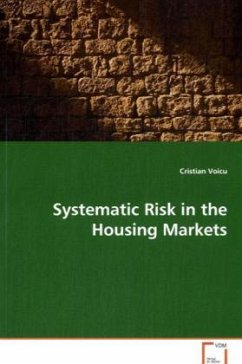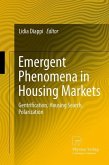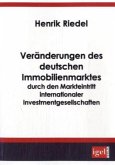In the first chapter, a one-factor pricing model is employedto investigate the total returns of single-family homes andprofessionally-managed properties. Portfolios of East and WestCoast cities have negative risk-adjusted returns, while a portfolioof all inland cities has positive alpha. Positive alpha can beachieved with portfolios of high rental yield cities, small cities,low median price cities, or low beta cities, while the oppositestrategies generate negative alpha. A possible explanation forthese abnormal returns is that some cities are systematicallyneglected by investors. In the second chapter, I explore theoptimal way in which housing derivatives should be used to mitigatehousing risk. Households should hedge housing both as investmentand as consumption. Housing investment risk is hedged by sellinghousing futures amounting to the full value of the home. Housingconsumption risk is hedged by buying housing futures in each citywhere the household might move. The size of thehedges depends onthe probability of moving and on home values in each city. Thisframework can also be used to simplify the rent versus buydecision.
Bitte wählen Sie Ihr Anliegen aus.
Rechnungen
Retourenschein anfordern
Bestellstatus
Storno








